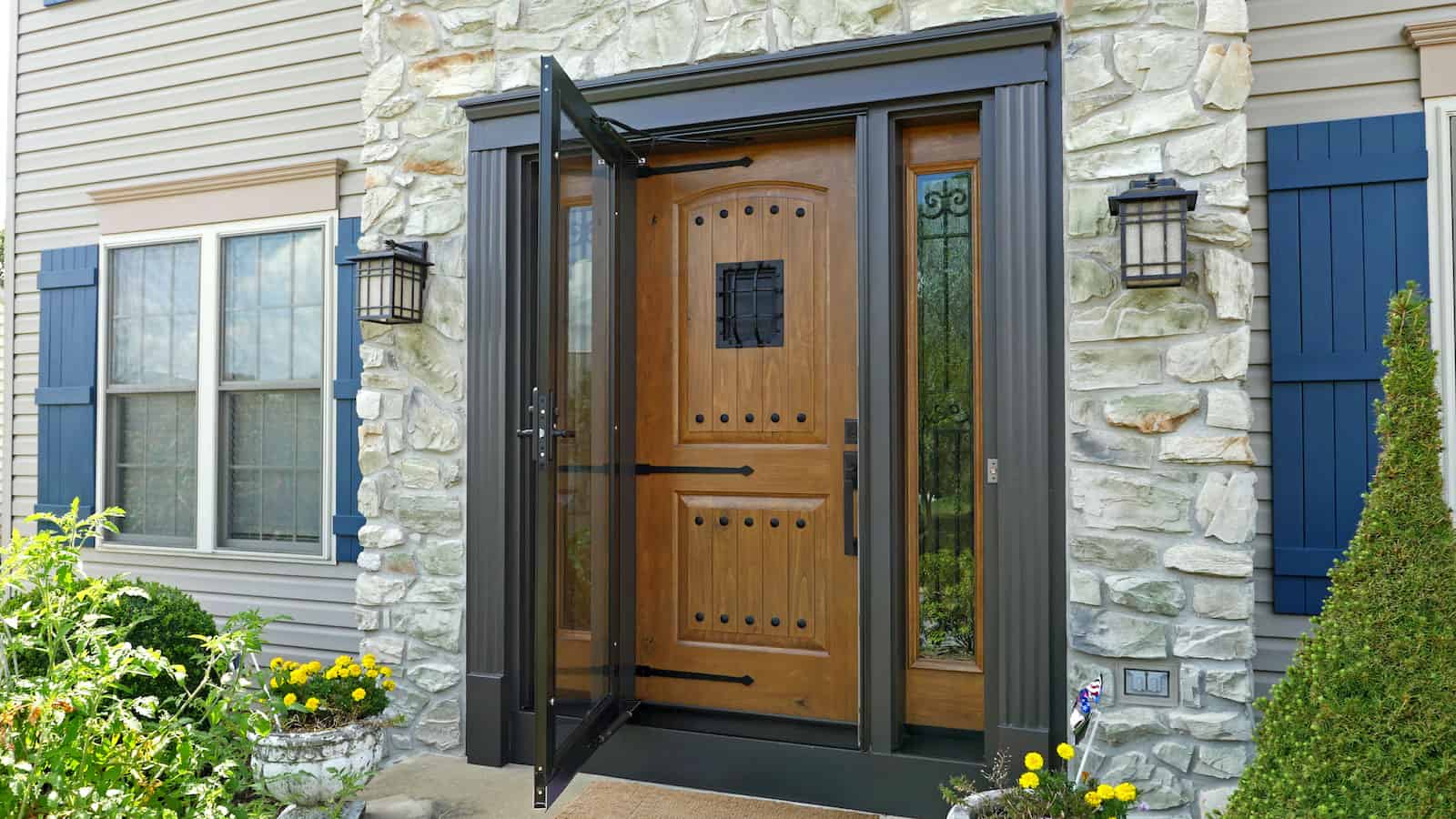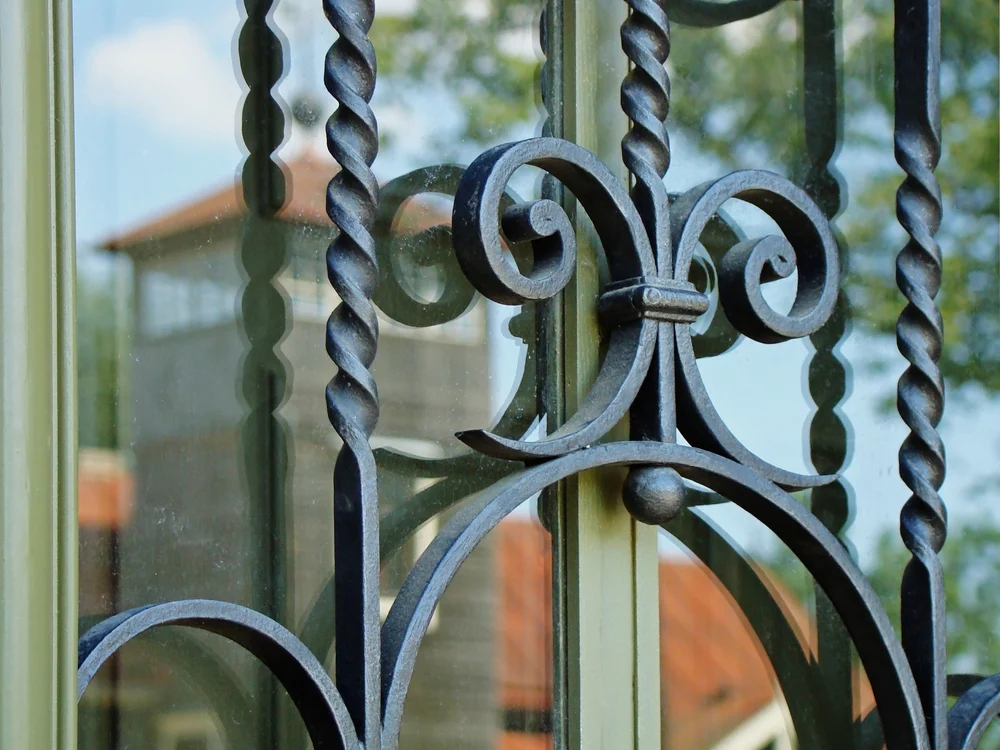Published on: September 09, 2024

Windows and doors have various ratings related to their energy efficiency and strength. Some can withstand extreme weather, such as excessive wind and hail. When you need greater protection for your home, consider storm-resistant windows and doors.
Washington experiences extreme weather events regularly. That means that homes need extra protection from debris smashing through glass windows and doors. Impact-resistant windows can help strengthen your home’s protection from weather events.
Impact glass includes tempered glass, which some people also call safety glass. It is four times stronger than standard glass. And if it does break, it offers a safer scenario because it splinters into small pieces instead of creating large shards.
Some municipalities require tempered glass for windows to reduce the chance of injury. Many building codes include requirements for tempered glass near bathtubs or windows that sit low to the ground.
Impact windows include a second type of glass called laminated glass. Window manufacturers create this type of glass using a sheet of plastic between two glass panes to help strengthen it. If the glass does break, the plastic layers help keep the broken pieces together to prevent projectiles and reduce injuries.
Thanks to this unique combination of safety glass and laminated glass, impact-resistant windows can withstand heavy objects hurled at them at incredible speeds. Glass manufacturers use 2×4 wood planks to test the glass. They send these planks toward the windows at speeds of 35 miles per hour or more. And the glass does not break.
Storm-resistant windows and doors can make your home a safer place to be during storms. Here’s a look at the many benefits impact-resistant windows and doors can boast.
As you shop for windows and doors for your home, you’ll encounter a series of labels and markings. Get to know what those labels mean and how they impact your home and the window’s overall performance.
At a minimum, you want double-pane windows for your home. One pane will allow too much heat loss and gain. Plus, more panes mean more protection from flying objects during storms. Double-pane windows have a layer of gas between them that helps reduce condensation.
While Washington isn’t known for being especially sunny, low-E coatings could help make your windows more energy efficient and provide UV protection for your indoor belongings.
These coatings are extremely thin metal added to the glass surface. They help reflect radiant heat to avoid heat loss or gain through your windows and doors while preventing sun damage on your floors, textiles and furniture.
If you’re worried about what this will make your window look like, don’t be. These coatings are extremely thin and not noticeable.
Multi-pane windows are good but they are made better by the gas that sits between the panes. The panes site approximately a half inch apart. And when they have argon gas between them, they are even more energy efficient. The inert gas is common and appears in the air we breathe.
If you want a little extra flare in your home, decorative glass can provide that appearance and provided added privacy. Glass can be tinted, frosted or otherwise obscured especially in bathrooms or bedrooms. Some homeowners like having decorative glass at their entryway to help prevent theft by masking what’s inside the home. But it still allows natural light into these spaces and can make a room distinctive.

Another part of your window’s appearance that has no impact on its performance is the addition of decorative bars. These bars are placed between glass panes to keep the window easy to clean. The bars can create grid patterns and add decoration to your home without masking views to the outdoors like decorative glass can.
You’ll also have the choice of window material when selecting your windows. The most popular window materials are wood, clad, fiberglass, aluminum and vinyl. Each provides varying benefits.
Storm-resistant windows and doors can only protect a building when installed correctly. These are not good do-it-yourself projects because they are a part of the home’s integrity. Poor installation could void the warranty, shorten the product life or put your home’s foundation at risk due to water damage.
Proper installation ensures your windows provide the protection your manufacturer promises. And it protects your home from serious weather events so you can rest easier.
Work with a competent installation contractor who knows your local building codes and the requirements for window and door installation in your area.
2FL Windows, Siding and Roofing provides window replacement from experts who know proper installation procedures and patented their own. 2FL is the creator of the Rain Jacket Flashing System, which makes window installations more weather-resistant and capable of withstanding driving rain and extreme wind. We’ll give your home the weather barrier it needs. Schedule your free in-home estimate now to learn more and start the process of protecting your home.
Further Reading:

Read the latest articles about windows.
